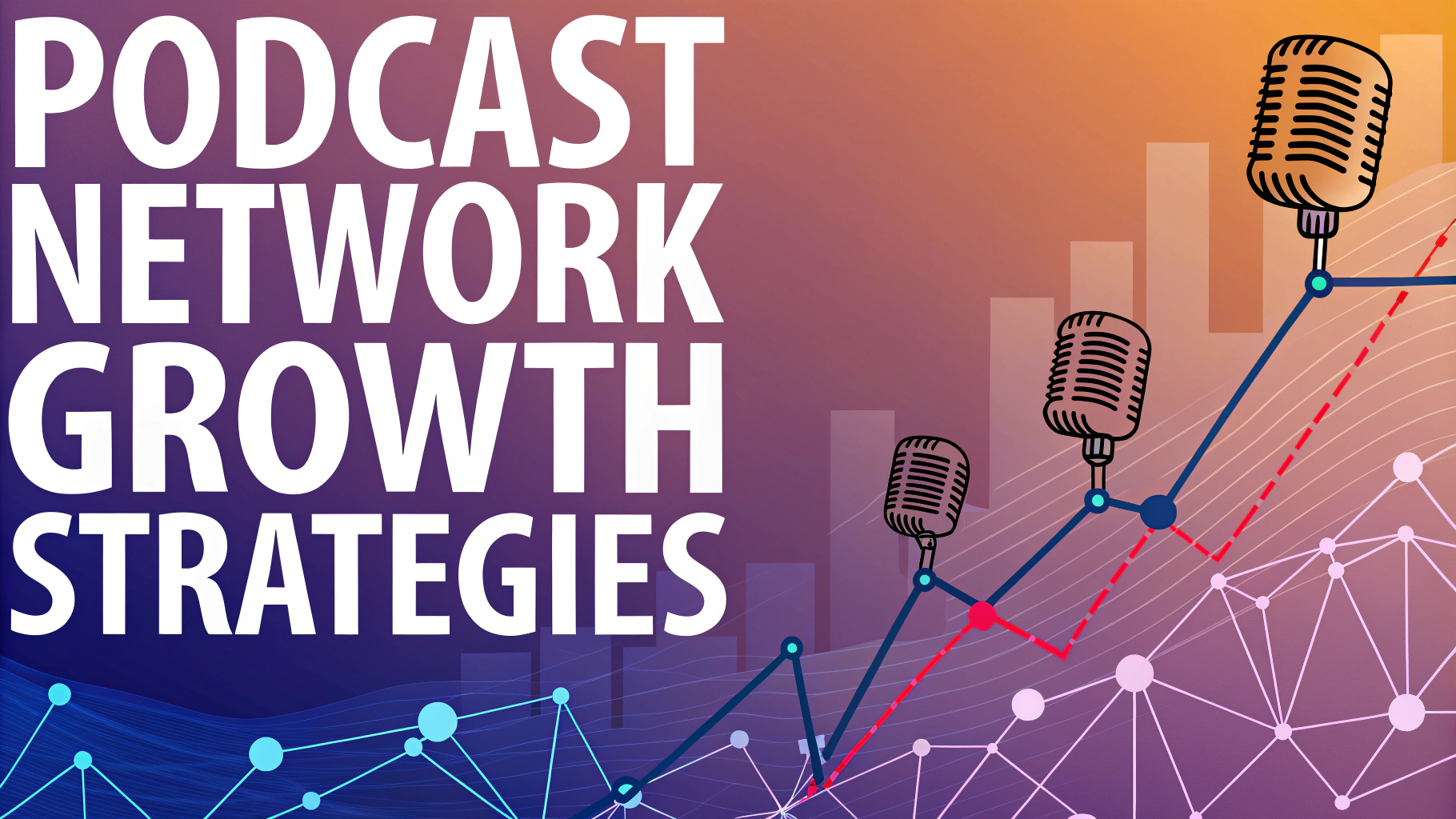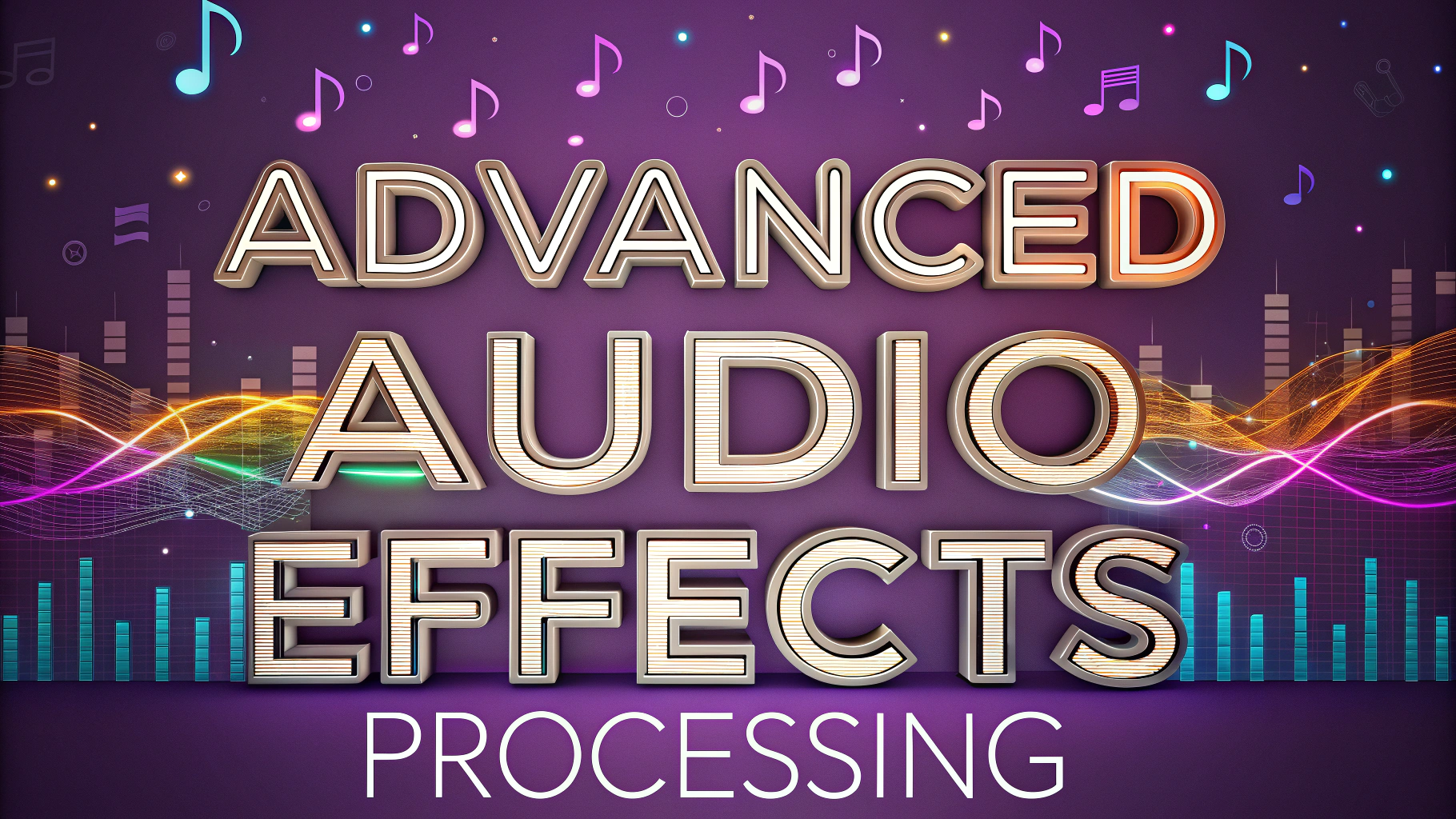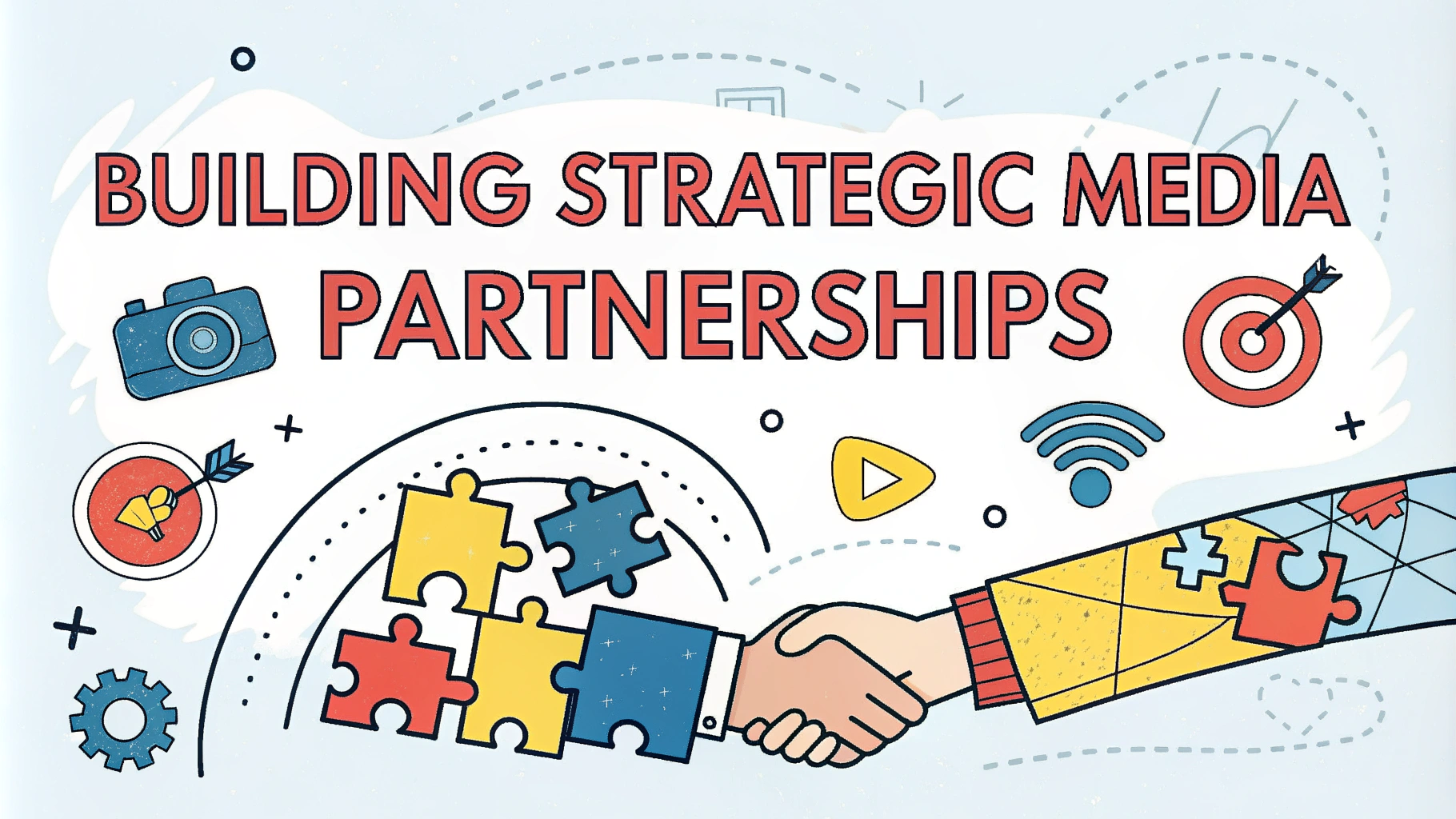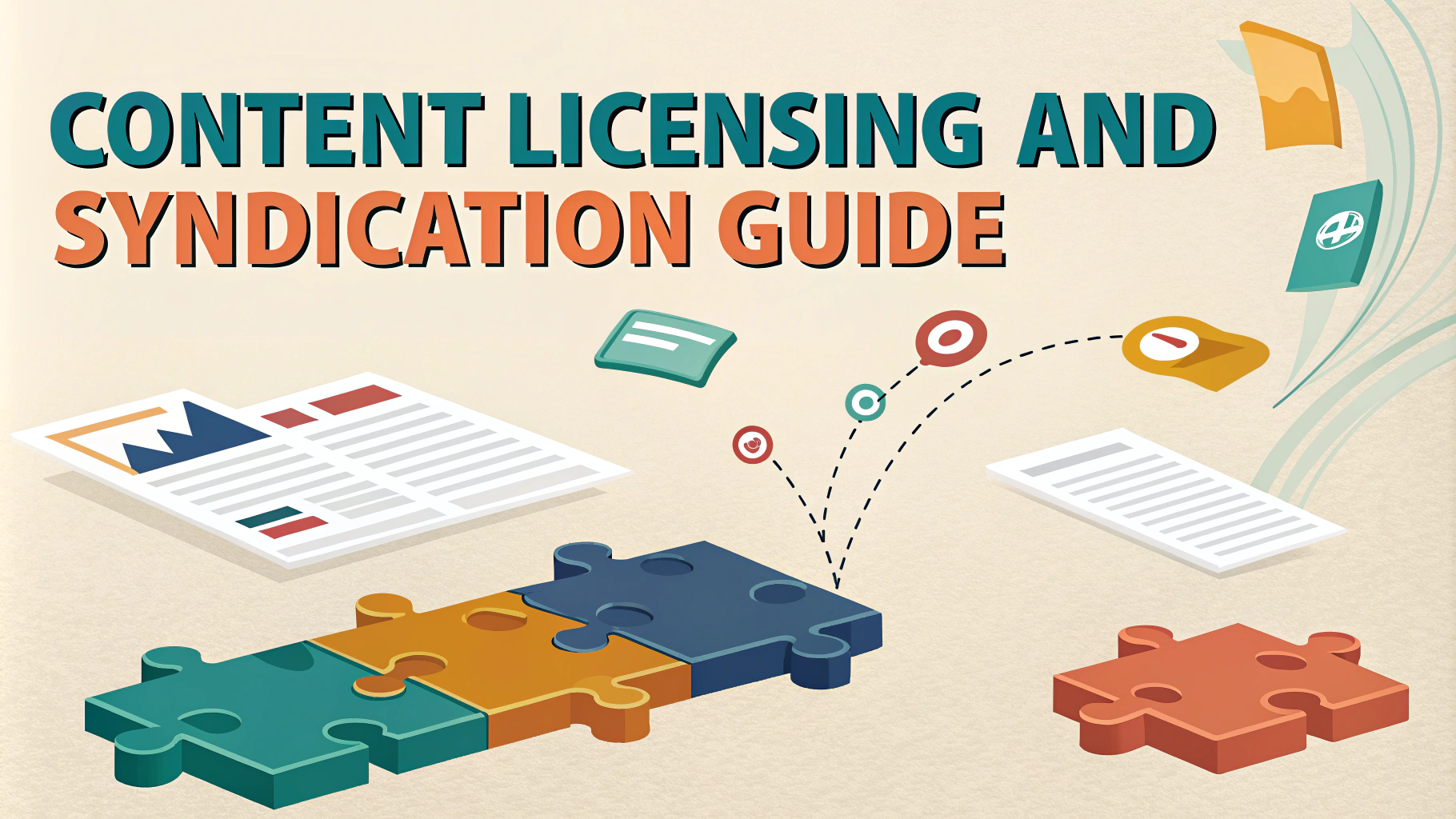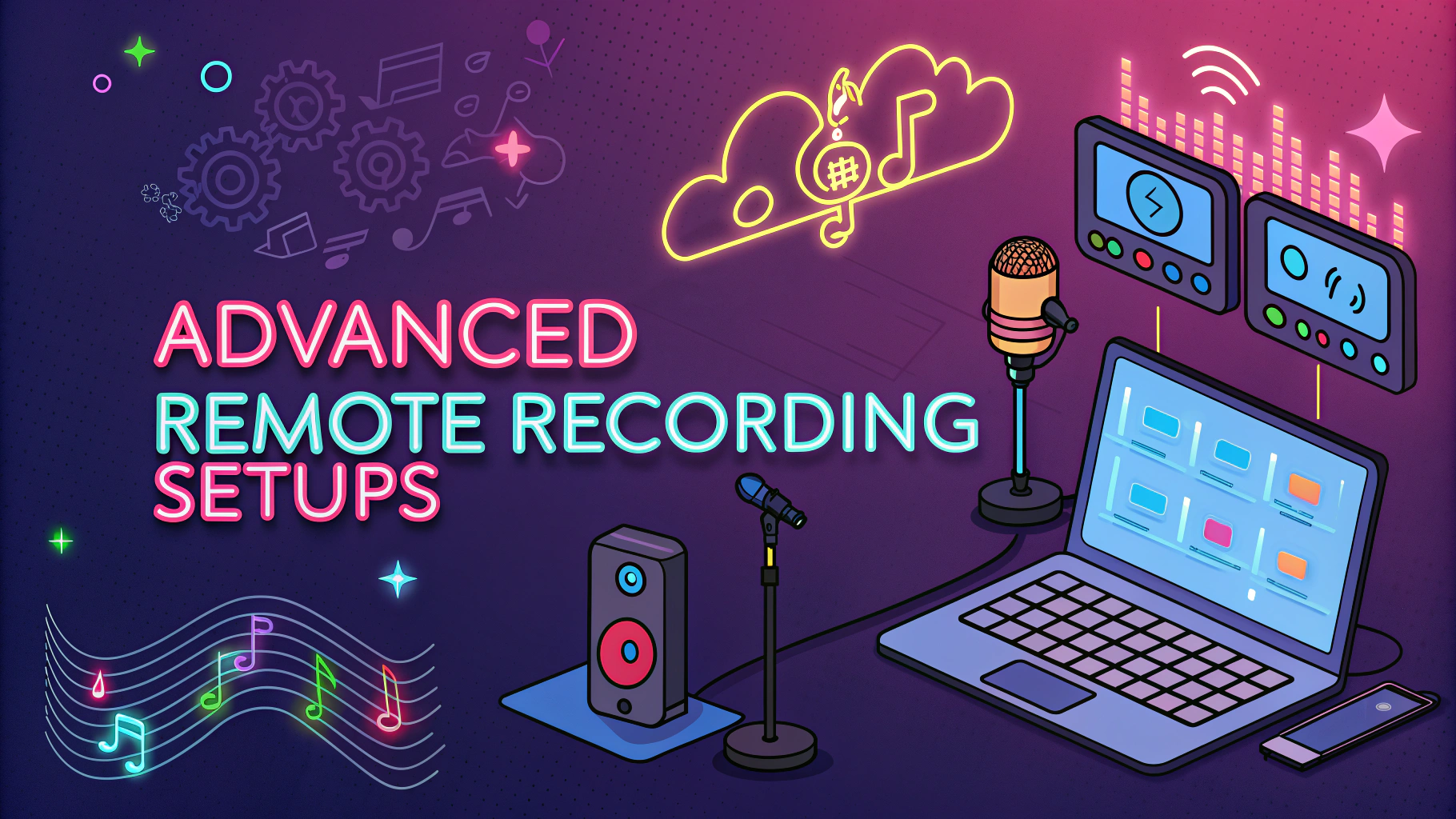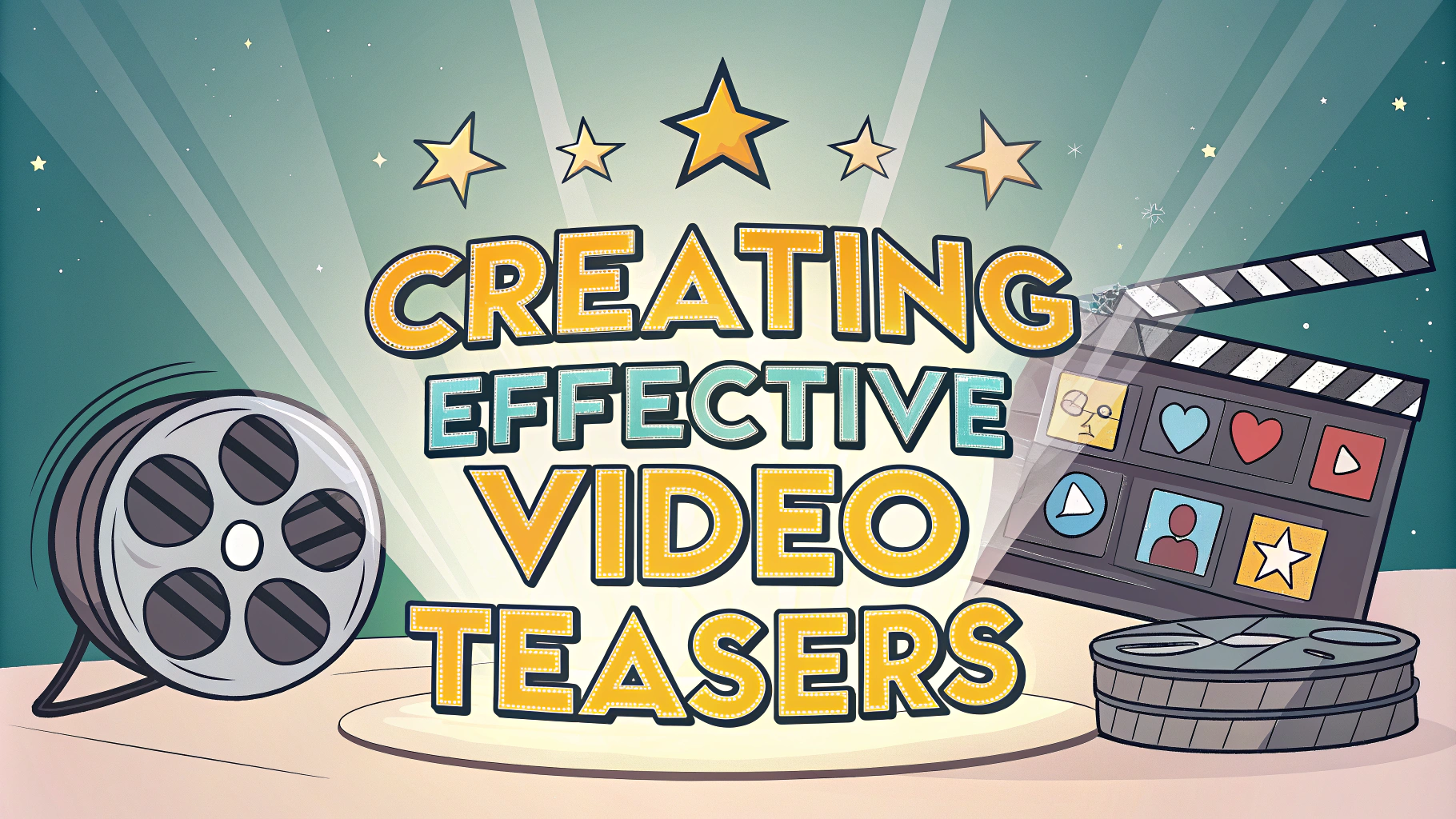Setting up a podcast requires careful planning to ensure your equipment and workflow remain effective for years to come.
Many podcasters face the frustration of having to replace or upgrade their gear frequently due to poor initial choices or changing requirements.
This guide shows you how to create a podcast setup that grows with your needs while avoiding common pitfalls that lead to unnecessary expenses.
Core Equipment Considerations
- Microphone: Choose an XLR microphone over USB for long-term flexibility
- Audio Interface: Select one with room for expansion (4+ inputs)
- Recording Software: Pick DAWs that export to multiple formats
- Storage Solutions: Implement redundant backup systems
Recommended Future-Proof Equipment
| Item | Recommendation | Why It’s Future-Proof |
|---|---|---|
| Microphone | Shure SM7B | Industry standard, maintains value, works with all setups |
| Interface | Focusrite Scarlett 18i20 | Multiple inputs, expandable, professional quality |
| DAW | Reaper | Affordable, regularly updated, highly customizable |
Scalable Setup Tips
Purchase cables and accessories that support higher quality standards than you currently need (like getting XLR cables rated for professional use).
Set up a modular recording space that can be easily reconfigured as your show grows.
Invest in a mixing board that can handle more inputs than you currently use.
Remote Recording Preparation
- Use platform-independent recording software like Zencastr or Squadcast
- Keep local recording backups during remote sessions
- Maintain multiple internet connection options
- Have portable recording equipment ready
Digital Asset Management
Create a consistent file naming system that scales with multiple episodes and seasons.
Use cloud storage solutions with version control capabilities.
Implement a metadata tagging system that follows podcast industry standards.
Technical Specifications to Consider
- Record in 24-bit/48kHz (even if publishing in lower quality)
- Save original files in WAV format
- Use lossless audio compression for archives
- Export final files in multiple formats (MP3, AAC, OGG)
Setting Up for Success
Develop clear documentation for your recording and editing process.
Create templates for recurring show elements.
Build relationships with equipment suppliers and technical support resources.
Join podcast communities like Podcast Movement for ongoing support and updates about industry changes.
Keep detailed records of your equipment settings and configurations for easy troubleshooting.
Content Distribution Strategy
Plan your distribution channels to accommodate future growth and format changes.
- Choose hosting platforms that offer unlimited storage and bandwidth scaling
- Set up RSS feeds that support multiple show formats
- Implement analytics tools that track cross-platform performance
- Establish processes for multi-channel content repurposing
Financial Planning for Equipment
Create a sustainable budget that accounts for gradual upgrades and maintenance.
- Allocate 15-20% of your budget for unexpected technical issues
- Plan equipment upgrades on a 2-3 year cycle
- Consider leasing options for expensive professional equipment
- Track depreciation of your podcast assets
Quality Assurance Systems
Pre-Recording Checklist
- Equipment functionality tests
- Audio levels calibration
- Backup system verification
- Recording space acoustic check
Post-Production Standards
- Consistent EQ and compression settings
- Standardized export parameters
- Quality control listening tests
- File format verification
Building a Sustainable Podcast Future
Investing in scalable podcast equipment and systems today prevents technical limitations tomorrow. Regular maintenance, strategic upgrades, and documented procedures ensure your podcast can grow without technical constraints.
Remember that future-proofing isn’t just about buying expensive gear—it’s about making informed choices that support your podcast’s evolution while maintaining production quality and reliability.
Stay connected with industry developments and be ready to adapt your setup as new technologies emerge, always keeping your core infrastructure flexible and expandable.
FAQs
- What essential equipment do I need for a future-proof podcast setup?
A quality USB or XLR microphone, audio interface (for XLR), headphones, pop filter, microphone stand, and a computer with DAW software. - Should I choose USB or XLR microphones for long-term podcasting?
XLR microphones are more future-proof as they offer superior audio quality, greater upgrade flexibility, and are industry standard, though they require an audio interface. - What backup systems should I implement for podcast recording?
Use multiple recording methods simultaneously: primary DAW recording, backup recording software, and a portable recorder. Also maintain cloud storage for archived episodes. - How can I ensure my recording space remains optimal for future recordings?
Invest in proper acoustic treatment, including bass traps, diffusers, and acoustic panels. Consider modular solutions that can adapt to different spaces. - What file formats and quality settings are best for future-proofing?
Record in WAV format at minimum 44.1kHz/24-bit. Store master files in lossless formats, and maintain separate compressed versions for distribution. - How should I plan for multi-guest podcasting capabilities?
Invest in an audio interface with multiple XLR inputs, a mixer with multiple channels, and backup microphones. Consider remote recording software with multi-track capability. - What software solutions offer the best long-term stability?
Professional DAWs like Pro Tools, Adobe Audition, or Reaper provide long-term reliability. Choose software with regular updates and broad industry support. - How can I maintain audio quality consistency across episodes?
Create and save processing templates, use reference tracks, maintain consistent microphone placement, and document technical settings for each recording session. - What’s the best way to future-proof podcast storage and archiving?
Use multiple storage solutions including local drives, cloud storage, and physical backups. Store both raw and edited files in high-quality formats. - How do I prepare my setup for potential platform changes?
Use industry-standard formats and equipment, maintain flexible distribution channels, and keep software updated with current hosting platform requirements.
